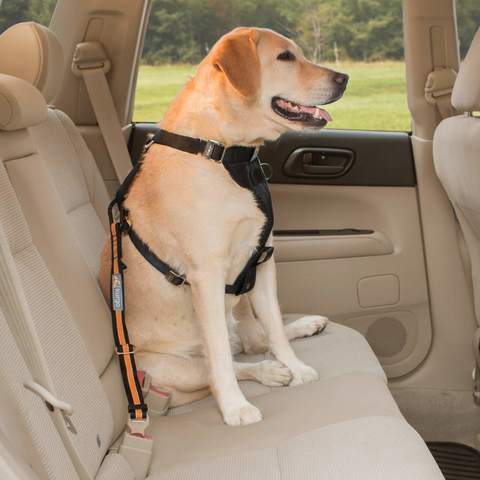
According to the Center for Disease Control and Prevention (CDC), there are three types of distracted driving The first, visual distraction, is when the operator of a vehicle takes his or her eyes off the road. The second, manual distraction, is when the operator of a vehicle takes his or her hands off the wheel.The third, cognitive distraction, is when the operator of a vehicle’s mental focus is diverted from the task at hand. When a pet is present inside of a motor vehicle, one or more of these distractions can be seen. Just like texting while driving, having a pet on your lap can distract a driver in all three ways. Because of the heightened level of distraction a pet may pose while driving, some states have outlawed the practice of driving with a pet on an individual’s lap.
Drawing from the CDC’s statistics, there were 3,477 deaths and 391,000 people injured in 2015 as a result of distracted driving. Along with Rhode Island, New Jersey and Hawaii, Michigan has become the most recent state attempting to outlaw driving with a pet in your lap. According to a survey released by AAA and Kurgo, 56% of dog owners admitted to taking their pet for a ride. Additionally, many of the participants in the survey also admitted to partaking in distracting behaviors such as holding, petting, and even feeding their pets treats while driving. While these activities may last only a couple of seconds, statistics show that a driver likelihood of being involved in an accident doubles after taking his or her eyes off the road for two seconds.
While any type of distraction puts the driver of a vehicle at risk, it also can pose a tremendous threat to the pets themselves. According to the survey taken by AAA and Kurgo, a ten-pound dog involved in a 30 MPH accident can exhibit a force approaching 300 pounds of pressure on whatever object it collides with. For an 80-pound dog, the force is 2,400 pounds.
To ensure the safety of the operator as well as his or her pet, steps can be taken to minimize the distraction posed by a pet. Pet restraints, similar to a seat belt worn by humans, can be one of the safest remedies for pets and their owners. While some pets may take longer than others to acclimate themselves to these types of restraints, it is undeniable that these devices help protect both the driver as well as the pet when travelling in a motor vehicle.
_______________________
Guest contributor, Alex Milardo is a freshman at Trinity College in Hartford, Connecticut.





